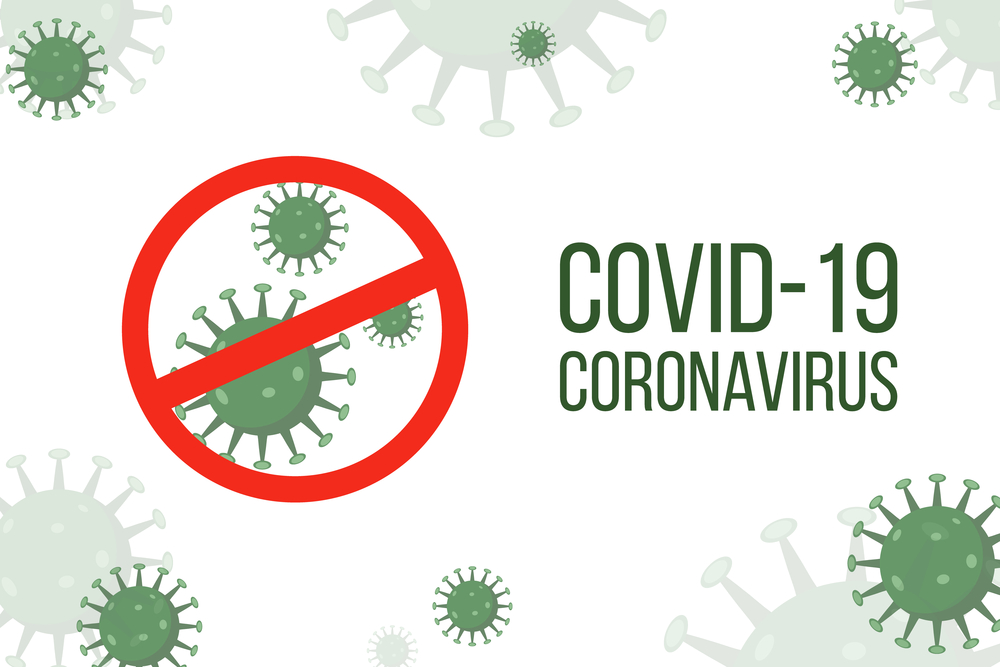
Real time Reverse Transcription Polymerase Chain Reaction (real time RT-PCR) has proved to be the most accurate laboratory methods for detecting, tracking, and studying the coronavirus. Real time RT-PCR is a molecular-derived method for detecting the presence of specific genetic material from a RNA virus. With this technique, results can be analysed almost immediately while the process is still ongoing. Conventional RT-PCR only provides results at the end, hence this technique is preferred.
Viruses such as the coronavirus (SARS-Cov2) only contain RNA, which means they depend on penetrating healthy cells to multiply and survive. They take control of the healthy cells and reprogram them so that they start producing and amplifying the virus. RNA is to be converted to DNA in order for the virus to be detected early in the body. This process is called ‘reverse transcription’. This needs to be done because only DNA can be copied or amplified — which is an essential part of the real time RT-PCR process for detecting viruses. Thus, detection of RNA indicates a confirmed case.
Following are the advantages of using real time RT-PCR for diagnoses of COVID-19.
- The real time RT-PCR technique has high sensitivity and specificity, hence can deliver a reliable diagnosis in a few hours.
- Compared to other available virus isolation methods, real time RT-PCR is considerably faster. As the entire process can be done within a closed tube, it has lower potential for contamination or errors.
- Comes positive at an early stage of infection, making isolation precautions and contact tracing possible early on, helping curb community transmission. Hence, better containment of COVID-19.
- Real time RT-PCR enables high confidence detection of low copy targets.
However, the technique has its own drawbacks, which are important to be noted.
- Short window for detection: Real Time RT-PCR technique will only indicate the presence of viral material during infection and will not indicate if a person was infected, has or has not developed immunity and subsequently recovered.
- Negative results do not exclude COVID-19 infection and hence should not be used as a sole test to guide patient management decisions.
- Can have high false-negative rates due to improper collection, variable viral load in specimens, or due to presence of amplification inhibitors. So probable cases may remain negative. Hence multiple specimens (types and times) may be required to detect the virus.
- Costly and not easily scalable: it needs specialised bio-containment laboratories, operated by highly trained technicians, which makes it an expensive test and difficult to scale.